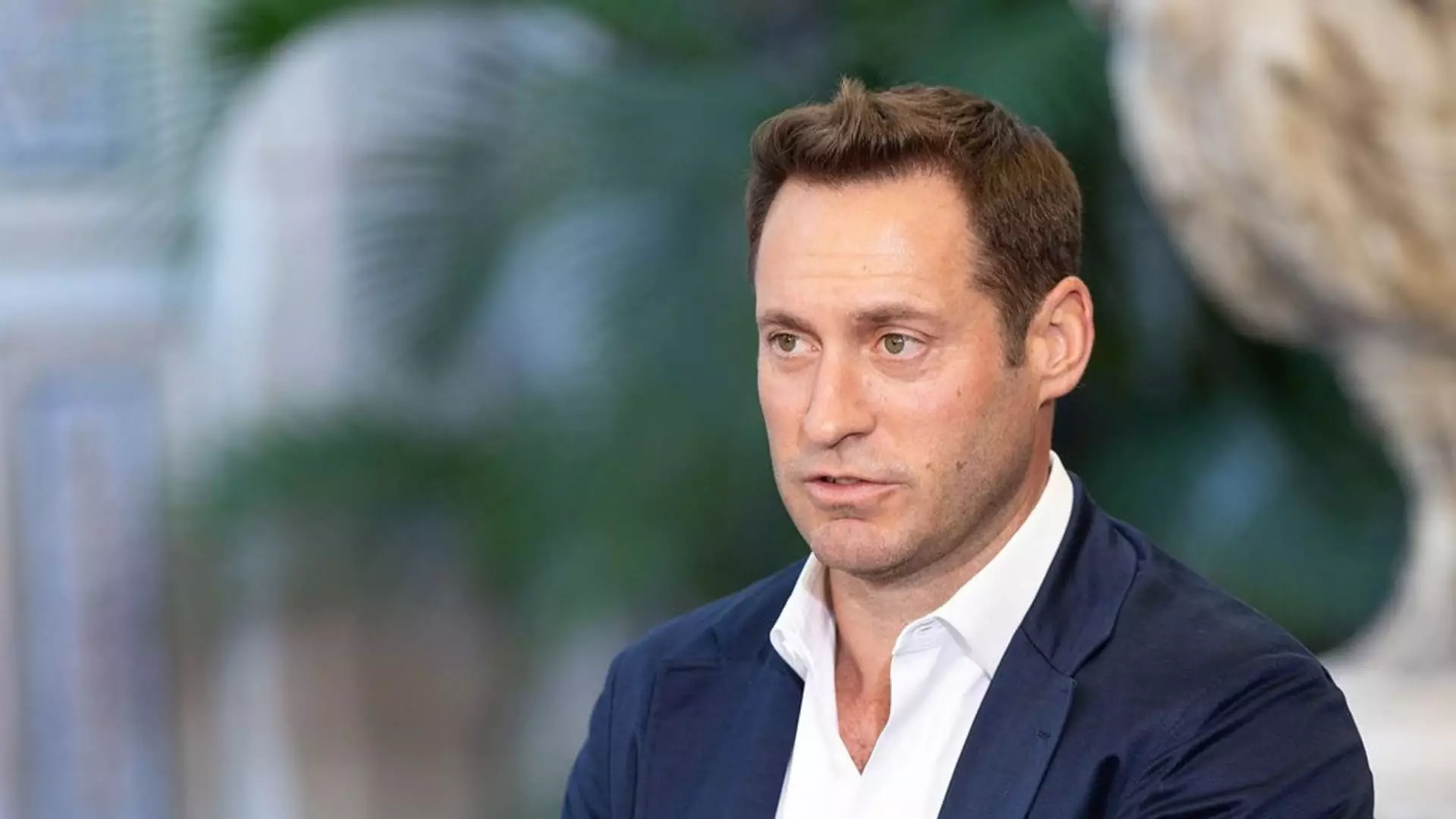The construction industry stands on the brink of a crisis marked by soaring prices, and it’s largely due to external pressures disseminated from tariff initiatives. Recent announcements from the Trump administration have introduced a 25% tariff on materials imported from Canada and Mexico, particularly steel and aluminum. What this translates to is not just an increase in construction costs but the gradual petrification of the housing market. Already, contractors are inflating their bids by as much as 20% on real estate projects, fueled by speculative fears about future costs rather than actual price hikes. This kind of irrational pricing strategy thrusts developers into a precarious position, squeezing their profit margins and stunting any responsible growth within the industry.
This reckless practice—padding project bids under the guise of preparing for tariff impacts—can have devastating effects. Developers find themselves in dire straits, tethering the market to an endless cycle of escalating expenses that only serve to push housing out of reach for the average buyer. The arbitrary addition of costs doesn’t stem from the current economic reality but from a fear-driven mindset that threatens to create a self-fulfilling prophecy of inflated housing prices.
The Uncertain Terrain of Homeownership
Amidst this turmoil, aspiring homeowners are left grasping at the straws of affordability. According to the National Association of Home Builders, the ramifications of inflated material prices could add a staggering $9,200 to a typical home’s cost. In an already vulnerable housing market, these inflationary pressures exacerbate an already grim reality; the prospective homeowner finds themselves facing not just elevated mortgage rates but also surging real estate prices that now tread dangerously close to the realm of unaffordability.
Many buyers, particularly those in the “middle market” bracket, are adopting a wait-and-see stance. This apprehension is compounded by the chilling effects of immigration policy changes that echo through the construction industry and, in turn, the housing market. The immigration crackdown isn’t just a political quagmire; it restricts the labor pool that the construction industry has long relied upon, creating yet another layer of price uncertainty that paralyzes potential buyers.
Luxury Market as a Refuge
Interestingly, while the middle market treads water, the luxury sector remains buoyant. High-net-worth individuals appear relatively insulated from these fluctuations, continuing to make multi-million dollar investments relatively unscathed. Developments like the lavish condos on Fisher Island—which have sold for an astronomical sum of $150 million—demonstrate that while uncertainty grips the mainstream housing market, the ultra-wealthy are largely unaffected and undeterred.
The irony of the situation cannot be overlooked; as middle-class buyers are pushed out due to rising costs driven by tariffs and immigration fears, the elite find a veritable playground in luxury real estate. This growing chasm between economic classes can sow seeds of disenchantment and social unrest within the broader populace, as those striving for the American dream find it slipping further from their grasp.
Political Ramifications and Ethical Considerations
The arms race of increasing construction costs isn’t solely an economic issue; it’s fundamentally a political one. The administration’s approach to tariffs and immigration policy reflects a comprehensive misunderstanding of the complexities inherent in economic ecosystems. As construction prices rise, one must wonder: are these policies genuinely aimed at benefiting American citizens, or are they creating a veneer of protectionism that shields privileged interests while inadvertently jeopardizing the very fabric of the American middle class?
True leadership would require not merely a focus on short-term gain but rather a holistic approach that supports stable growth across all sectors. Legislators must grapple with the unintended consequences of tariffs, not as an abstract economic theory but as lived experiences affecting families across the nation. The ethical obligation to foster an inclusive economy should guide policy decisions instead of fostering divisive fears.
The whims of politics should not dictate the homes people live in or the communities they build; rather, the intrinsic value of each citizen’s quest for stability and opportunity must be preserved amid these turbulent currents.

